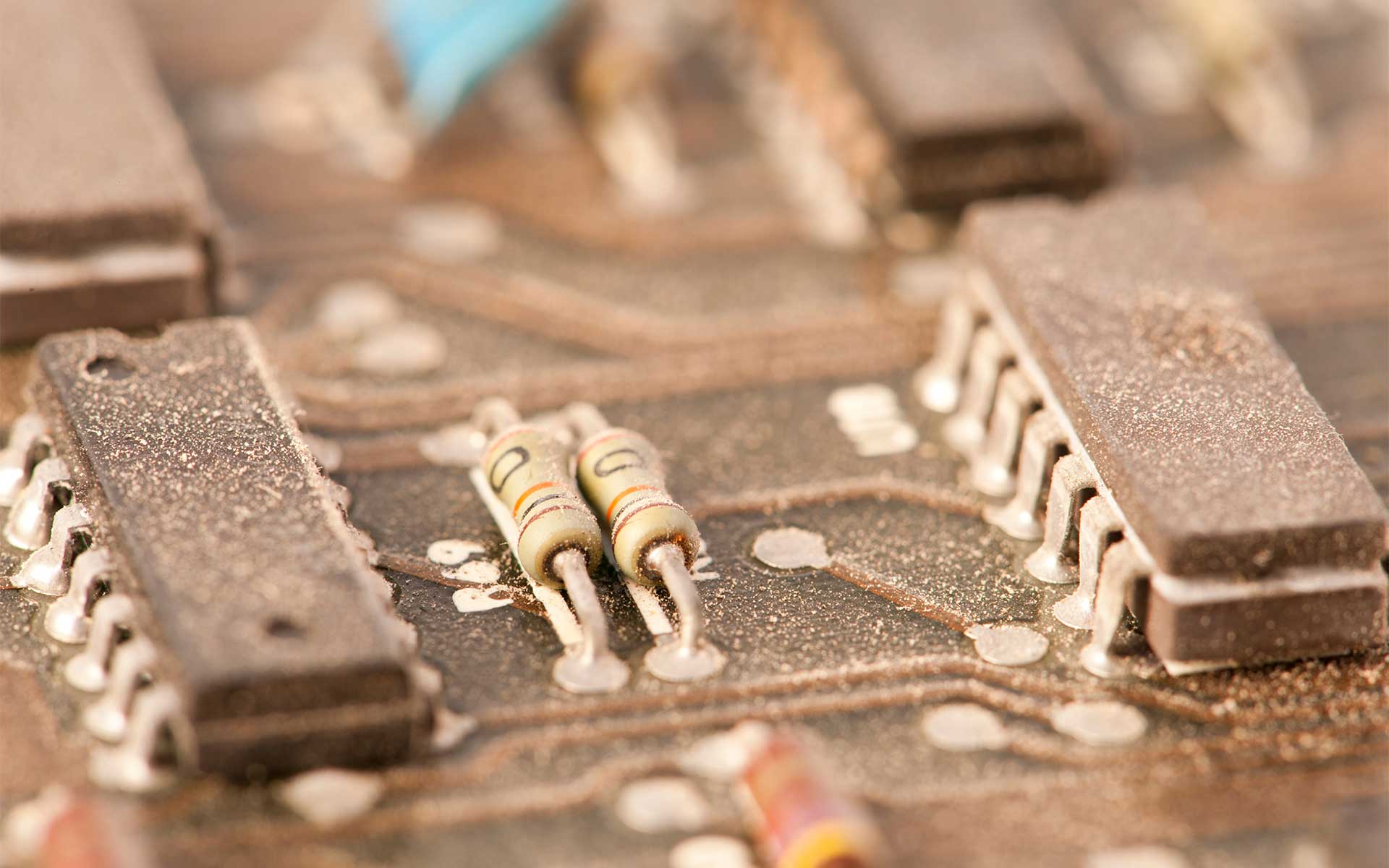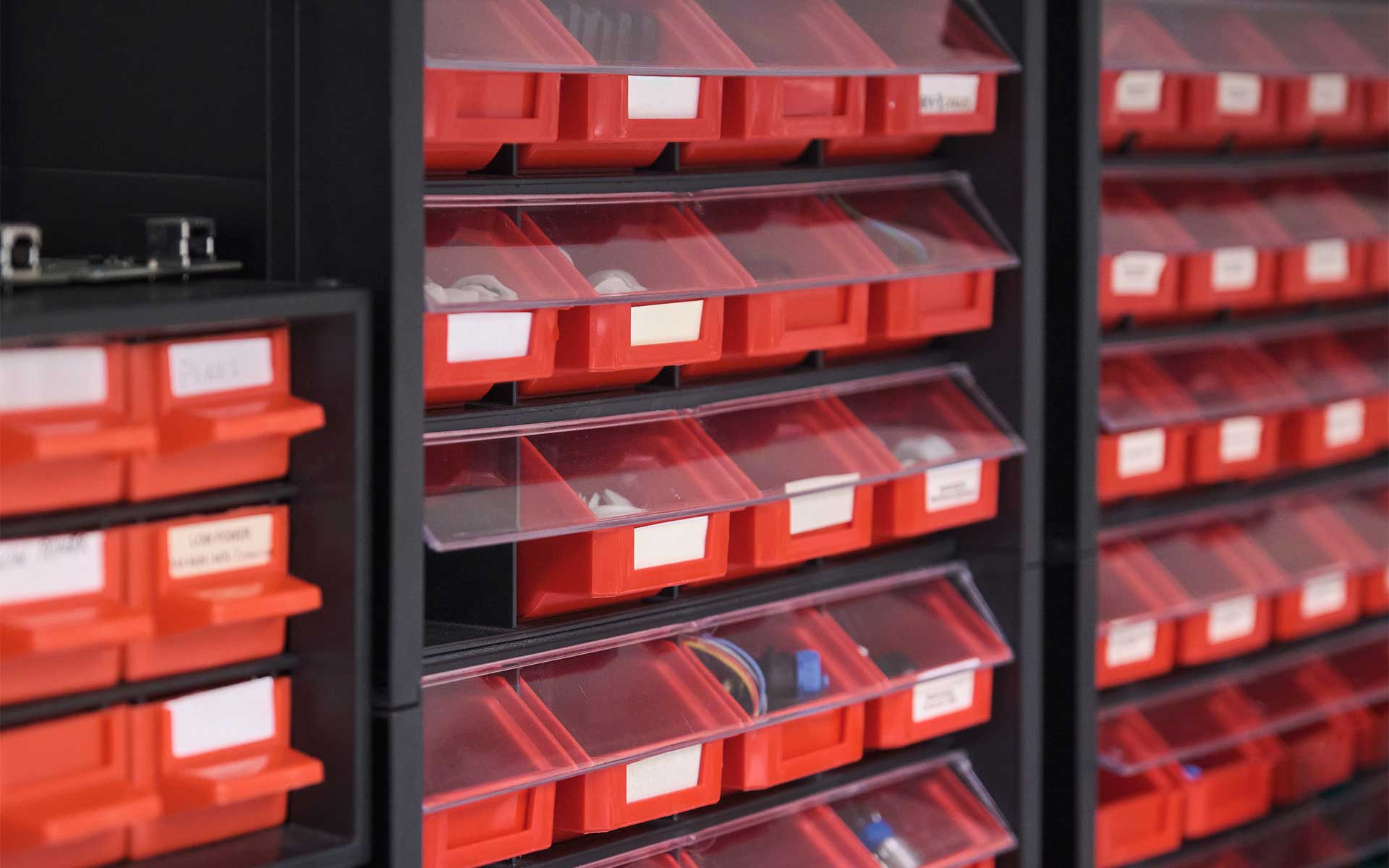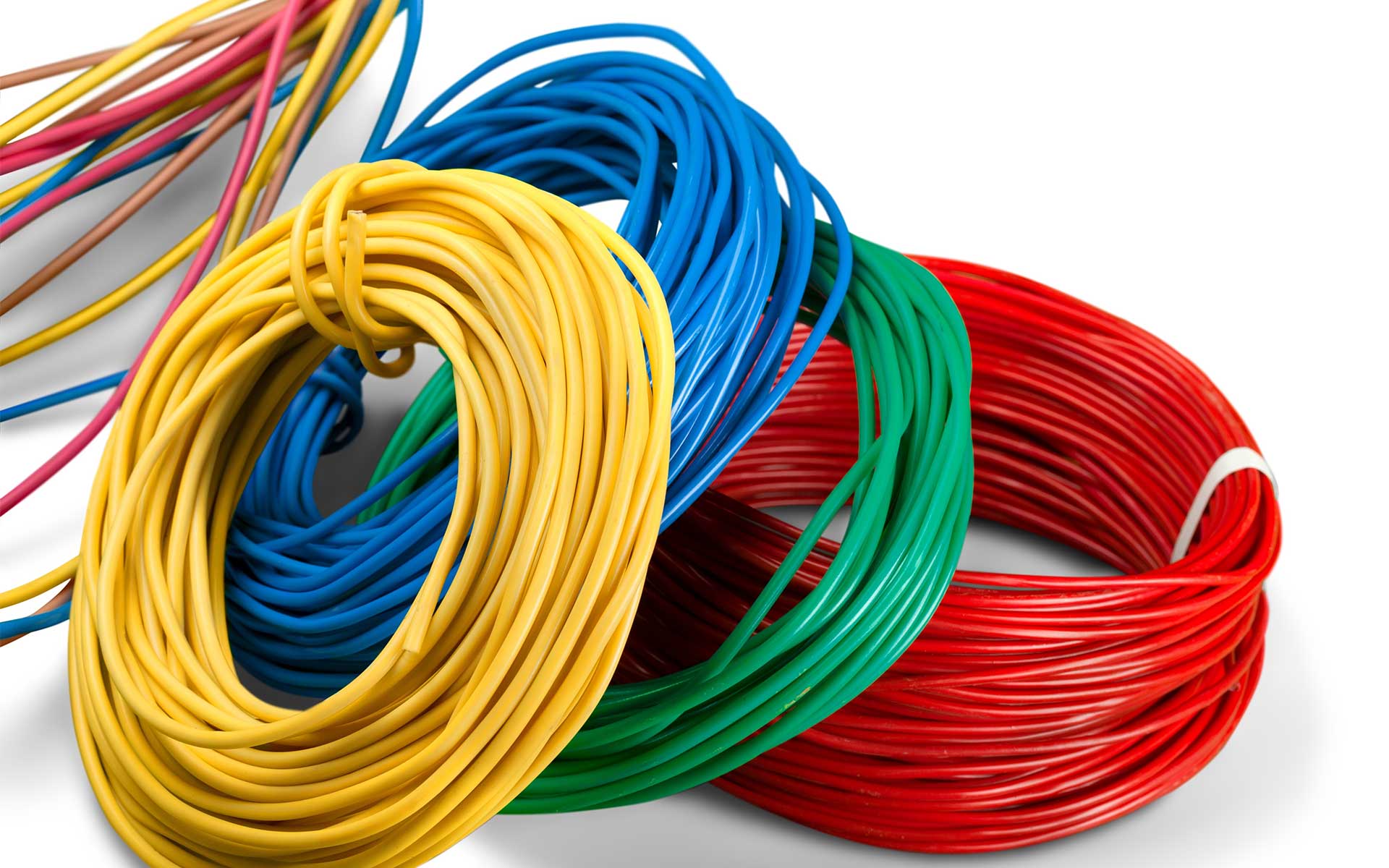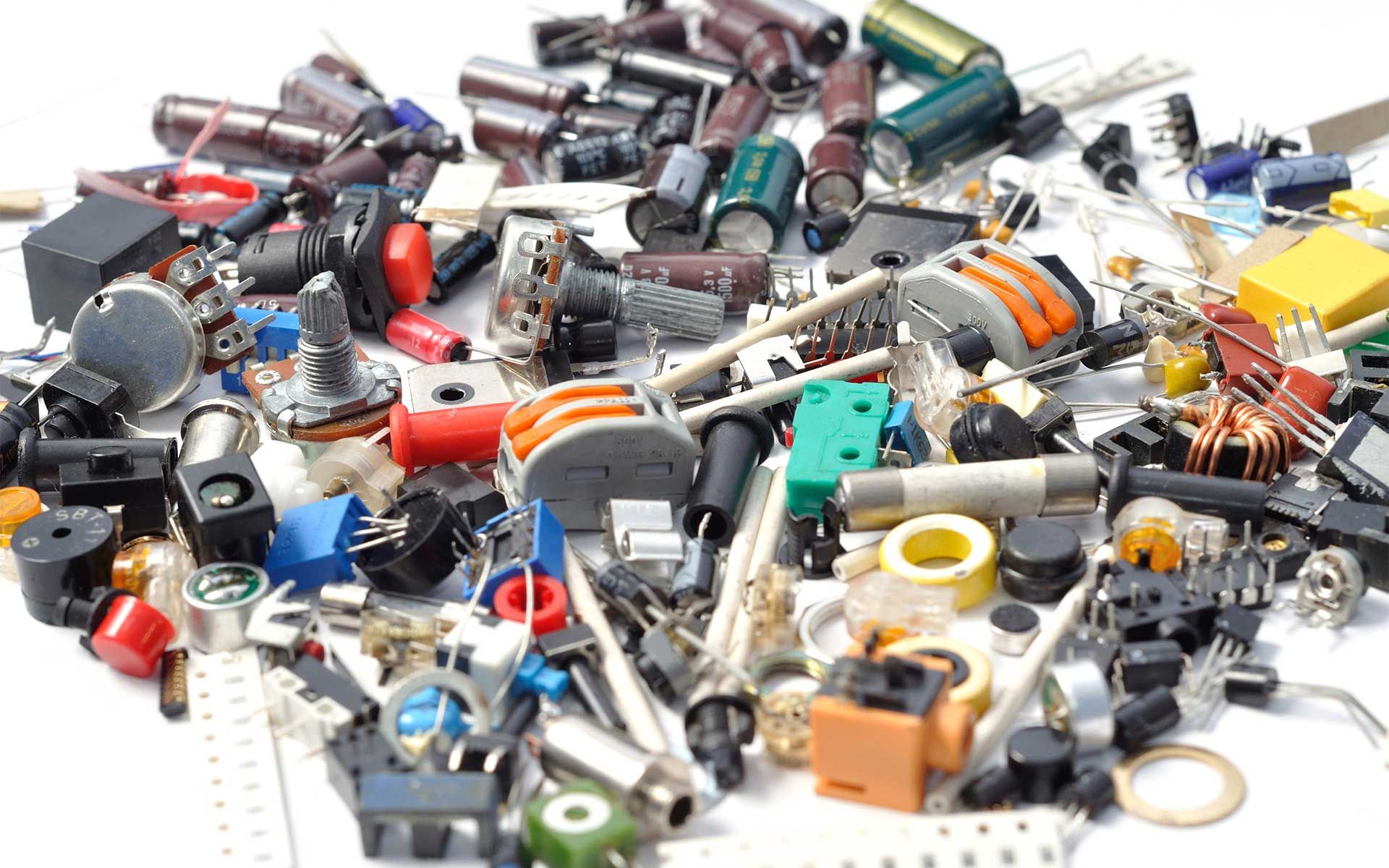Whether a home improvement hobbyist or a career electrician, you’ve likely had storage headaches when it comes to electrical components. Whether improper storage or disorganization, electronic components can erode and degrade when improperly stored and exposed to certain elements - which can lead to component failure or breakage, rendering the part useless.
Fortunately, there are electronic storage solutions to prevent these mishaps. In today’s blog, we’ll examine the factors that decrease the lifetime of electrical components and tips for storage of electronic components that can keep them protected and organized, providing maximum shelf life.
Factors That Decrease the Lifetime of Electronic Components
Before we launch into tips for how to store electronics for maximum shelf life and component safety, let’s review the factors that can decrease the life of these parts.
Humidity
High humidity can seriously sabotage electronics, especially the delicate materials used for many components’ internal hardware. It all starts with moisture or, more specifically, the condensation created by the water in the humid air. If this condensation sits on your components, a few things can go wrong. First, the moisture from humidity can eventually lead to short-circuiting once the device is used.
Also, areas with high humidity levels can lead to component rust and corrosion, which can degrade the parts inside your electronics. The result? A loss of conductivity and resistance factors can eventually lead to various malfunctions during component use.
Dust


Dust particles often contain moisture, organic materials, minerals, or other contaminants that can affect internal parts' reliability and shorten your electronic component's lifespan. Excessive dust on electrical components can lead to various problems, including conductivity issues between internal components or arcing and carbon tracking in higher voltage electronics.
Dust accumulation can also cause heat to build on some components faster the next time you turn them on or weaken contact in relays, switches, and connectors. And finally, dust contamination can compromise cooling systems on larger electronics by jamming fans or preventing heat dispersion from heatsinks.
High Temperatures
Relentless high temperatures can be an electronic component killer. Continuous exposure to high temperatures can quickly shorten the lifespan of internal hardware, such as circuit boards, microchips, batteries, capacitors, and more.
Direct Sunlight
Exposure to direct sunlight for too long can degrade electrical components, thanks to sunlight’s heat and non-visible radiation (a.k.a. UV rays). Constant exposure to this UV radiation will break down matter, including the component's protective layers, like plastic. Direct sunlight can also shorten the lifespan of circuits and other internal components.
Tips for Safe Storage of Electronic Components
Electronic component storage - the right way - is essential to preserving them longer and ensuring safe operation when used. This next section will cover various helpful tips for properly and safely storing electrical components. Following these guidelines will help maintain the life of your electrical components, keep them organized, and preserve their performance integrity.
Sort and Organize Your Inventory


The first step is organization. Whether you are on the job or ready to tackle a project at home, the process will be easier if you can quickly locate the electrical components you need. We suggest separating everything according to component type when possible. However, if you have another system that works, that’s great! The point is to keep storage methods organized and labeled or documented for easy access.
Remove Any Dust to Prevent Corrosion
The next step is to ensure all electrical components are dust free before storing them. Depending on the component's size, you can gently wipe it down with a soft cloth or brush to remove dust. Compressed air is excellent for removing contaminants from internal hardware and small crevices.
Place Small Individual Parts in Plastic Bags
Plastic bags are one of the easier and more efficient electronic storage solutions and will protect small parts from static and dust while keeping them together and organized. If the electrical components already come in plastic bag packaging, leave them until you need to use them. Otherwise, small sealable plastic bags are great for storing these individual parts.
Wrap Static-sensitive Parts in Anti-static Foam or Bags
Static-sensitive electrical parts, like transistors and integrated circuits, can benefit from extra storage protection, like anti-static foam or bags.
Roll Up Any Wires or Cables


Loose wires and cables can become a nightmare if not stored properly. Roll up your wires and cables and store each spool separately. Taking the time to store them this way will save a lot of time and headaches when searching for or using them. Pro tip: don’t roll the wires too tightly to avoid damaging them.
Check the Manufacturer's instructions for Specific Requirements
Some sensitive electrical components come with specific requirements for storage to ensure safety and longevity, such as optimal humidity or temperature conditions for storage. It’s a good idea to read the manual before storing - or contact the manufacturer if the instructions aren’t available.
Keep the Storage Area Cool
The storage area should be cool and dry to avoid damage from high temperatures and excessive moisture from high humidity.
Keep Humidity Regulated
The optimal humidity level for electrical storage solutions is below 60% to prevent mold and corrosion (unless otherwise specified by the manufacturer).
Treat Fragile Items with Care
Certain parts, such as terminal boards and circuit breakers, for example, are susceptible to damage and breaking if handled improperly. Padded packaging is recommended, as well as placing shock absorbent dividers between the components when putting them away in storage. And for very brittle components we recommend using bubble wrap.
Store the Parts Away from Direct Sunlight
As we mentioned earlier, repeated exposure to direct sunlight can degrade plastic packaging and corrupt delicate internal components. Therefore, safe storage for electronics should be in areas out of direct sunlight.
When it comes to safe storage of electrical components, care is necessary to preserve the parts. Proper storage will ensure each component is in optimal working condition when it comes time to use them on a project.
We’re experts in all things electrical at Peerless Electronics, no matter the application. Not only do we offer an extensive and diversified online inventory of electrical components, like switches, circuit breakers, thermostats, sensors, and more, but our experts are available to answer all of your electrical component questions. The Peerless advantage also includes over 50 value-added services and custom-tailored technical support. Conveniently shop online at Peerless Electronics today!




